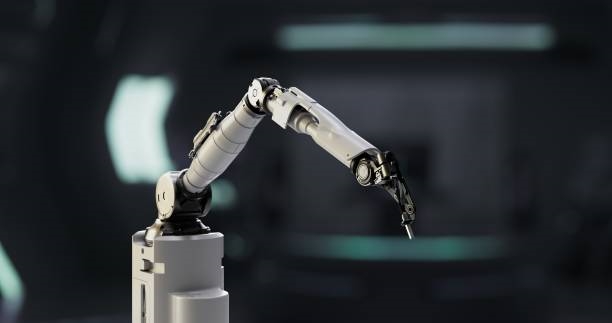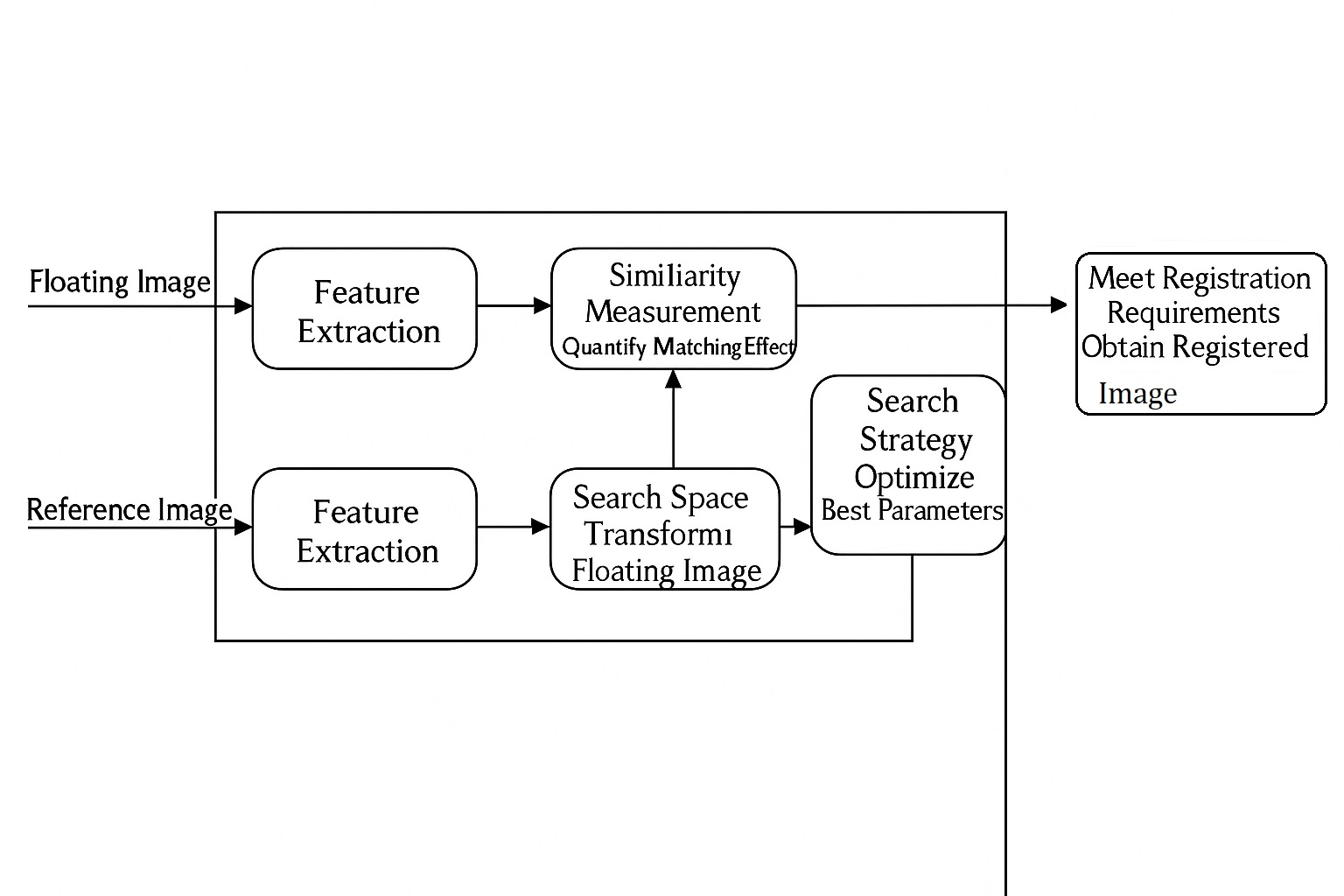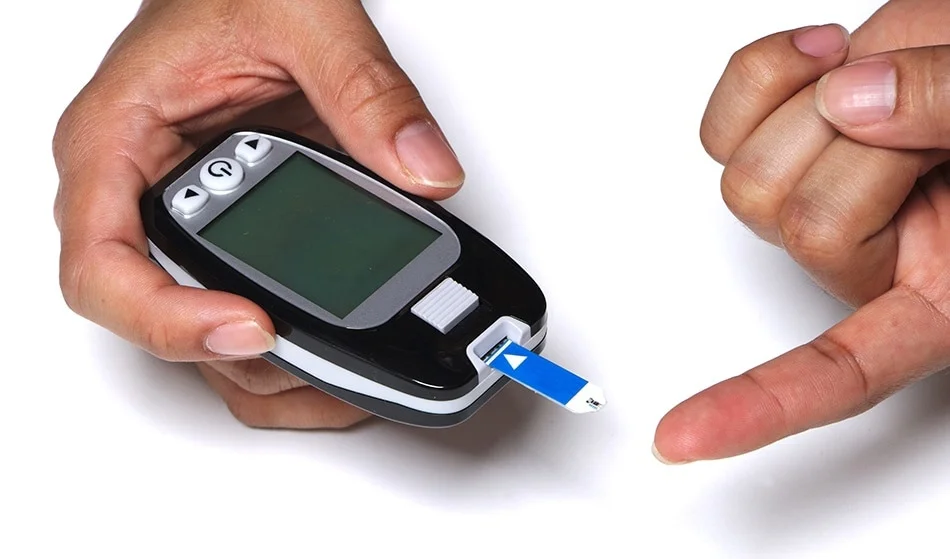Common Types of Medical Monitoring Systems
Medical monitoring systems refer to systems used to monitor and manage medical devices, patient physiological parameters, and hospital operations. Common types include:
- Vital signs monitoring systems: Monitor patient vital signs such as heart rate, blood pressure, and respiration.
- Remote patient monitoring systems: Use internet or wireless communication to allow remote clinicians to monitor, diagnose, and manage patients.
- Medical device monitoring systems: Monitor the status and performance of medical devices and provide fault alerts and maintenance management.
- Ward environmental monitoring systems: Monitor ward conditions such as temperature, humidity, and oxygen levels to ensure patient comfort and safety.
- Hospital information systems: Include electronic medical records and hospital management systems for managing hospital operations and data.
- Medication monitoring systems: Track storage, dispensing, and use of medications to ensure safety and effectiveness.
- Infection surveillance systems: Monitor hospital infection control metrics, including infection rates and pathogen test results.
Components of a Medical Monitoring Framework
A medical monitoring framework typically consists of multiple components to enable monitoring and management of medical devices, patient physiological data, and hospital operations. Common components include:
- Sensors and instruments: Capture patient physiological parameters (for example, heart rate, blood pressure, respiration) or monitor medical device status and performance. These sensors and instruments can be attached to patients or devices and transmit data to the monitoring system.
- Data acquisition and transmission systems: Collect data from sensors and instruments and transmit it to a central monitoring system. Transmission can use wired or wireless technologies to ensure real-time and reliable delivery and storage of monitoring data.
- Central monitoring system: Acts as the core of the monitoring framework by receiving, processing, and storing data from sensors and instruments. The central system typically provides data analysis and alarm functions to detect anomalies and notify clinical staff.
- Visualization interfaces: Provide clinical staff with interfaces to view and operate the monitoring system. Through these interfaces, staff can monitor patient parameters and device status in real time and perform necessary adjustments.
- Data storage and management: Responsible for storing and managing collected data, ensuring data security and privacy. Monitoring frameworks usually retain large volumes of data for later analysis and audit.
- Alarm and alert systems: Generate alarms or alerts based on configured rules and thresholds to notify clinical staff of patient status changes or device abnormalities.
- Remote access and collaboration platforms: Allow clinical staff to remotely access and operate the monitoring system via internet or other remote access methods.
 ALLPCB
ALLPCB








